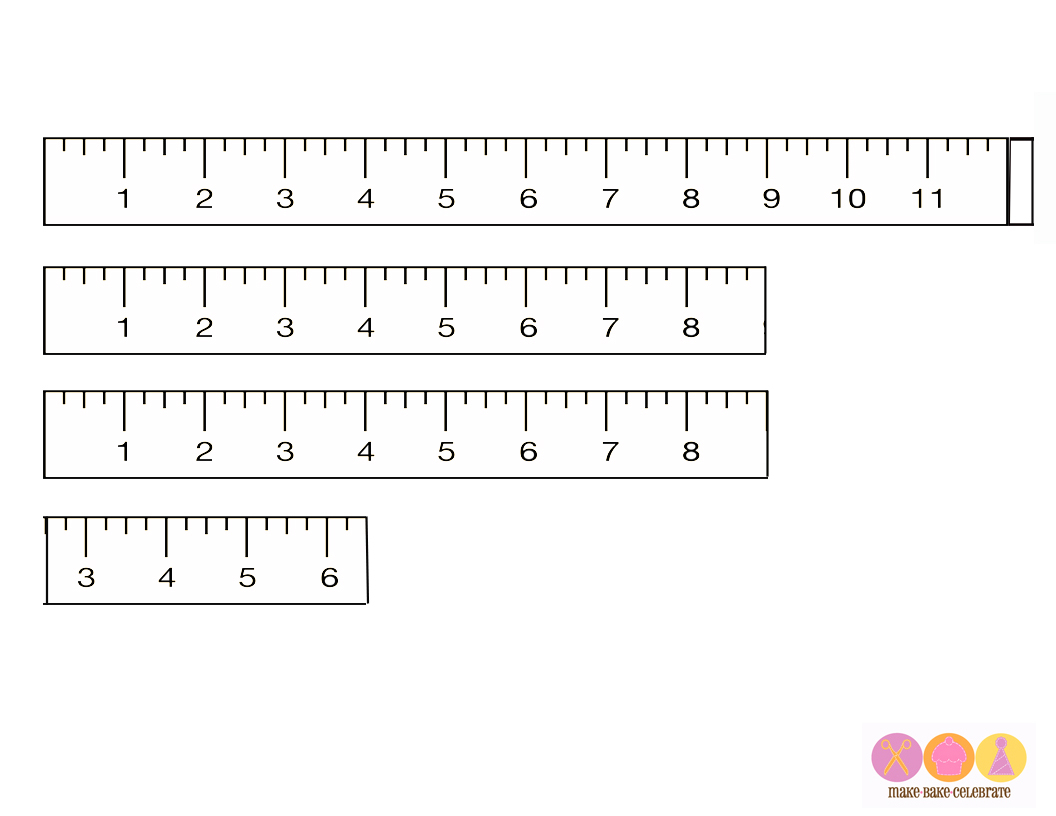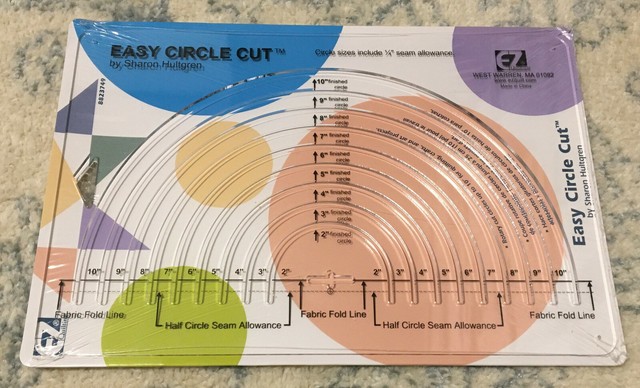

It becomes a reminder of the commitment the members of the classroom community made to each other. Once the charter is finalized, each student and teacher must sign it, and it remains on display in class. When we encounter conflict or unwanted feelings, what will we do?.To ensure that we all feel that way, what do we promise to do?.The goal is to answer the following three questions: Its purpose is to make all students feel safe, welcome, and heard.Įach classroom creates its own charter through discussion, negotiation, and compromise.

The charter is an agreement that represents the students’ expression of values and norms unique to the class. Let’s take a look at each of these individually: The Classroom Charter The foundation of RULER is a set of four core tools: The Charter, The Meta-Moment, The Blueprint and The Mood Meter. Helping students develop competence towards these five skills can provide them with the foundation they need to successfully self-regulate and navigate life’s different social and emotional challenges.

That being said, I believe that the best way to approach something new (and slightly scary) is by using a framework to guide your thinking. Given its importance, the demands placed on teachers, and the incredible amount of available SEL resources, getting started with social and emotional learning can feel overwhelming. When it comes to SEL, the question many teachers struggle with is “where do I start?” The benefits of intentional, school-wide SEL instruction are increases in positive social behaviour, fewer conduct problems, less emotional distress, and improved test scores and grades (Greenberg et al., 2003). In turn, these competencies provide a foundation for better adjustment (Durlak et al., 2011). Social and emotional learning is “the process of acquiring core competencies to recognize and manage emotions, set and achieve positive goals, appreciate the perspectives of others, establish and maintain positive relationships, make responsible decisions, and handle interpersonal situations constructively” (Elias et al., 1997). Between 40%-60% of students become chronically disengaged by school by the time they reach high school, and 30% of high school students engage in multiple high-risk behaviours. Over the past two decades, suicide rates among 15-19-year-olds have gone up by 47%. There’s a lot of talk about social and emotional learning (SEL) these days, and rightfully so.Īfter 12+ months of life in a global pandemic, students report that their intellectual, emotional, and social well-being is less than good.Īnd that’s only part of the problem: between 20, self-reported depressive symptoms in teenagers aged 13-18 years in the US increased by 20%.


 0 kommentar(er)
0 kommentar(er)
